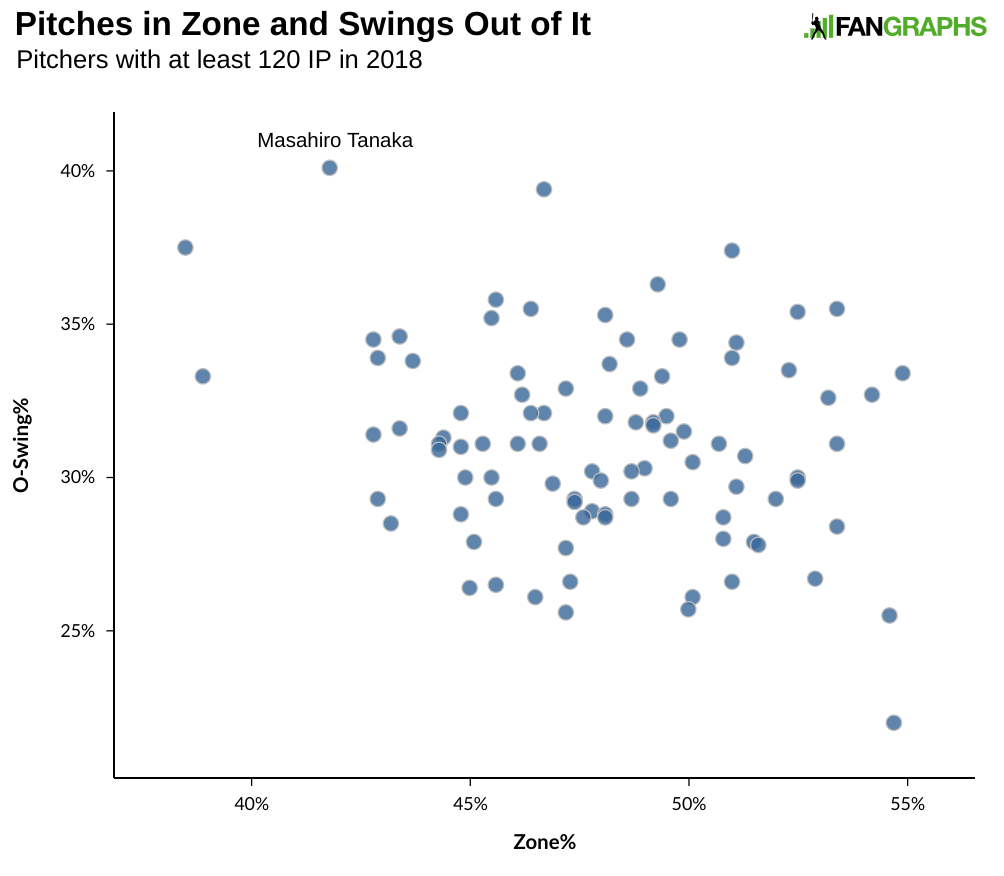Masahiro Tanaka Is Getting Well at the Right Time
When the Yankees put Masahiro Tanaka on the disabled list back on June 9, it didn’t appear to represent a massive blow to the club. The team was 42-19, in a virtual tie for first place with the Red Sox. Luis Severino was pitching like a Cy Young frontrunner. Tanaka, for his part, was having an inconsistent season. When he went down with hamstring injuries, he’d recorded a 4.96 FIP and 4.58 ERA for the season and had given up 10 homers in his previous six starts. The intriguing Jonathan Loaisiga was about to take Tanaka’s spot in the rotation — and would perform well in his absence — further limiting the potential damage of Tanaka’s loss.
Fast-forward three months and circumstances have changed pretty considerably. Severino has cooled considerably, while other rotation pieces like Loasigia and Domingo German have fallen off the radar, having been replaced by solid additions in J.A. Happ and Lance Lynn. Without Severino fronting the rotation, however, the team lacks a pitcher with potentially dominant stuff to start the Wild Card game, leaving the possibility of a second straight involuntary bullpen game for New York in a winner-take-all matchup. Now Tanaka might be the best candidate for that role.
The Yankees right-hander has always been very reliant on breaking stuff out of the zone to get batters out. His fastball sits in the low 90s and isn’t notable for a lot of rise (the four-seamer has a career 5.2% whiff rate) or a ton of sink (his two-seamer has a ground-ball rate below 50%), so he needs batters to swing at his offspeed pitches to be successful. That plan has worked over the course of his career. The graph below shows how often pitchers throw in the zone and how often batters swing at offerings out of the zone.




